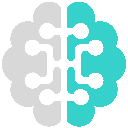-
 Bitcoin
Bitcoin $85,199.8775
3.20% -
 Ethereum
Ethereum $1,914.9046
4.87% -
 Tether USDt
Tether USDt $1.0000
0.02% -
 XRP
XRP $2.1478
2.76% -
 BNB
BNB $610.1476
0.66% -
 Solana
Solana $126.3989
0.31% -
 USDC
USDC $1.0000
0.00% -
 Dogecoin
Dogecoin $0.1730
4.21% -
 Cardano
Cardano $0.6826
3.31% -
 TRON
TRON $0.2370
-0.95% -
 Toncoin
Toncoin $4.0574
-1.40% -
 Chainlink
Chainlink $14.2159
4.69% -
 UNUS SED LEO
UNUS SED LEO $9.3546
2.00% -
 Stellar
Stellar $0.2732
3.14% -
 Avalanche
Avalanche $19.5380
3.86% -
 Sui
Sui $2.4348
7.53% -
 Shiba Inu
Shiba Inu $0.0...01274
2.65% -
 Hedera
Hedera $0.1717
4.99% -
 Polkadot
Polkadot $4.1800
3.38% -
 Litecoin
Litecoin $84.6682
1.21% -
 MANTRA
MANTRA $6.3325
2.13% -
 Bitcoin Cash
Bitcoin Cash $310.0127
1.99% -
 Bitget Token
Bitget Token $4.6344
3.09% -
 Dai
Dai $1.0000
0.02% -
 Ethena USDe
Ethena USDe $0.9999
0.02% -
 Pi
Pi $0.7092
-5.03% -
 Hyperliquid
Hyperliquid $13.3608
2.28% -
 Monero
Monero $218.7677
2.14% -
 Uniswap
Uniswap $6.3226
5.32% -
 Aptos
Aptos $5.3930
2.41%
The operating principle of DAO and its role in blockchain
DAOs enable community governance and funding, fostering innovation and decentralization in blockchain, DeFi, and NFT ecosystems, despite facing security and scalability challenges.
Mar 31, 2025 at 11:08 am
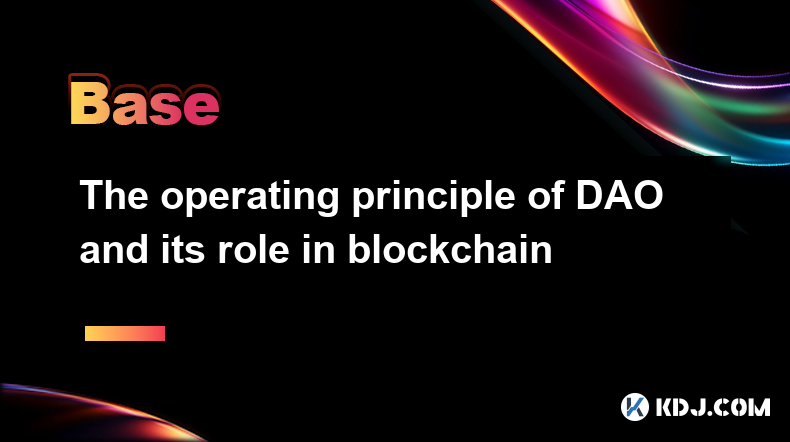
Decentralized Autonomous Organizations (DAOs): A Deep Dive
A Decentralized Autonomous Organization (DAO) is a community-led entity governed by rules encoded as a computer program. This program, typically a smart contract on a blockchain, dictates how the DAO functions, eliminating the need for centralized authority. Decisions are made collectively by members, often through token-weighted voting. This ensures transparency and immutability, key features of blockchain technology. The exact mechanisms vary depending on the specific DAO's design.
How DAOs Operate: A Step-by-Step Guide
- Proposal Submission: Members propose changes or initiatives within the DAO, often detailing the rationale and required resources.
- Voting Process: Members vote on proposals, typically weighted by their token holdings. The voting process is transparently recorded on the blockchain.
- Execution of Proposals: If a proposal passes the required threshold, the smart contract automatically executes the necessary actions. This could involve allocating funds, launching a new project, or modifying the DAO's rules.
- Transparency and Auditability: All transactions and votes are publicly recorded on the blockchain, providing complete transparency and auditability. This eliminates the potential for fraud or manipulation by a central authority.
- Governance Mechanism: The governance mechanism, defined within the smart contract, dictates how decisions are made. This could involve simple majority voting, weighted voting, or more complex systems.
The Role of DAOs in the Blockchain Ecosystem
DAOs play a crucial role in fostering innovation and decentralization within the blockchain space. Their ability to automate decision-making and ensure transparency makes them ideal for managing various aspects of blockchain projects.
DAOs as Funding Mechanisms
DAOs can act as decentralized venture capital funds. Members contribute funds, and proposals for funding new projects are put to a vote. This allows for community-driven investment decisions, potentially fostering innovation in underserved areas. The transparency and automation offered by DAOs can improve the efficiency and fairness of the funding process. This eliminates the need for traditional venture capitalists, reducing reliance on centralized intermediaries.
DAOs for Community Governance
DAOs can govern entire blockchain ecosystems. They can manage the development roadmap, allocate resources, and even decide on protocol upgrades. This empowers the community to directly shape the future of the project, ensuring its alignment with the collective vision. This fosters a sense of ownership and participation among stakeholders.
DAOs and Decentralized Finance (DeFi)
DAOs are increasingly utilized within the DeFi ecosystem. They can manage decentralized exchanges (DEXs), lending platforms, and other DeFi applications. This allows for community-driven governance of these platforms, ensuring that they operate in the best interests of their users. The decentralized nature of DAOs helps mitigate risks associated with centralized control in DeFi.
DAOs and NFTs
DAOs are also being used to manage collections of Non-Fungible Tokens (NFTs). This allows communities to collectively govern the use and development of their shared NFT assets. This can involve deciding on future projects, collaborations, and even the distribution of royalties. This empowers NFT holders and fosters a sense of community ownership.
Challenges and Limitations of DAOs
Despite their potential, DAOs face several challenges. The complexity of smart contract programming can lead to vulnerabilities and bugs. Furthermore, the effectiveness of DAO governance depends heavily on the participation and engagement of its members. A lack of participation can lead to decisions being made by a small, potentially unrepresentative group.
Security Risks in DAOs
DAOs, like any software, are susceptible to security vulnerabilities. Bugs in the smart contract code can be exploited by malicious actors, leading to loss of funds or other disruptions. Thorough audits and security reviews are crucial to mitigate these risks. The reliance on community participation also introduces potential risks. A lack of engagement or manipulation by a small group can lead to undesirable outcomes.
Scalability Issues in DAOs
As DAOs grow larger, they can face scalability challenges. The processing of proposals and votes can become slow and expensive, hindering the efficiency of the organization. Solutions such as layer-2 scaling solutions are being explored to address these issues.
Common Questions and Answers
Q: What is the difference between a traditional organization and a DAO?
A: Traditional organizations are centrally controlled, with a hierarchical structure. DAOs are decentralized, with decisions made collectively by members through a smart contract.
Q: How secure are DAOs?
A: DAO security depends on the robustness of their smart contracts. Thorough audits and security reviews are crucial to minimize vulnerabilities. However, no system is perfectly secure.
Q: How do I participate in a DAO?
A: Participation usually involves acquiring the DAO's governance token. The specific requirements vary depending on the DAO.
Q: What are the benefits of using a DAO?
A: Benefits include transparency, automation, community governance, and reduced reliance on centralized intermediaries.
Q: What are the risks associated with DAOs?
A: Risks include smart contract vulnerabilities, governance challenges, and the potential for manipulation by a small group.
Q: What is the future of DAOs?
A: The future of DAOs is uncertain, but their potential to revolutionize organizational structures and community governance is significant. Ongoing development and innovation will likely shape their future role in the blockchain ecosystem.
Disclaimer:info@kdj.com
The information provided is not trading advice. kdj.com does not assume any responsibility for any investments made based on the information provided in this article. Cryptocurrencies are highly volatile and it is highly recommended that you invest with caution after thorough research!
If you believe that the content used on this website infringes your copyright, please contact us immediately (info@kdj.com) and we will delete it promptly.
- RUVI, an Innovative Blockchain Project, is Aligning Artificial Intelligence with Decentralized Technology to Create Impactful Solutions
- 2025-04-02 05:25:12
- Binance Suspends USDT Spot Trading of Tether (USDT) and Other Stablecoins in the EEA
- 2025-04-02 05:25:12
- Kristin Smith, the longtime CEO of the Blockchain Association, is leaving next month to take a role as president of the new Solana Policy Institute
- 2025-04-02 05:20:12
- GoMining Launches $100M Bitcoin (BTC) Mining Fund for Institutional Investors
- 2025-04-02 05:20:12
- Larva To Moon (LARVA) Meme Coin Market Captures the Adventurous Spirit of Red and Yellow Larva Protagonists
- 2025-04-02 05:15:12
- Cardano (ADA) Founder Charles Hoskinson Opens Up About His Ties to Ripple Labs Execs
- 2025-04-02 05:15:12
Related knowledge
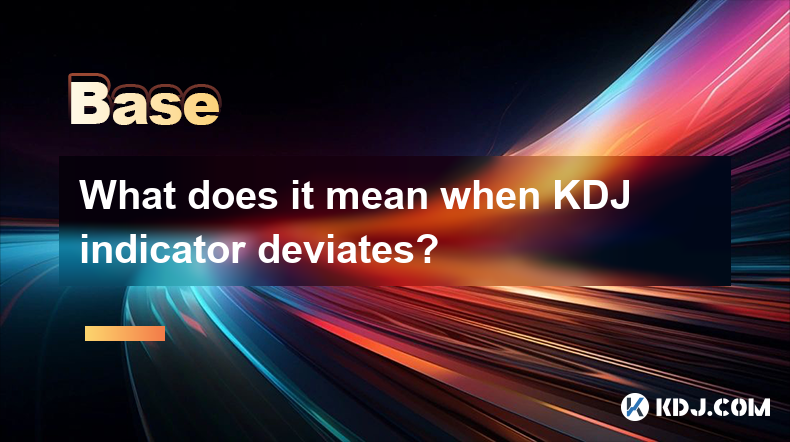
What does it mean when KDJ indicator deviates?
Apr 01,2025 at 03:08pm
The KDJ indicator, also known as the Stochastic Oscillator, is a popular technical analysis tool used in the cryptocurrency market to predict price movements. When the KDJ indicator deviates, it means that the current price of a cryptocurrency is moving away from its typical range, as indicated by the KDJ lines. This deviation can signal potential trend...
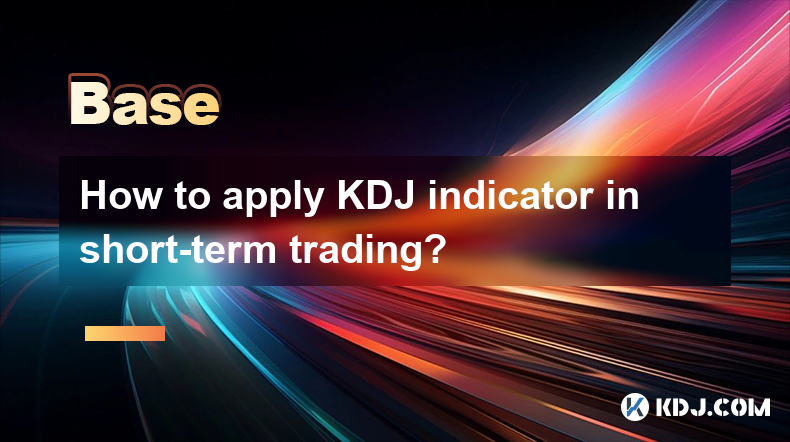
How to apply KDJ indicator in short-term trading?
Mar 31,2025 at 10:28pm
The KDJ indicator, also known as the Stochastic Oscillator, is a popular technical analysis tool used by traders to identify potential buy and sell signals in the cryptocurrency market. In short-term trading, the KDJ indicator can be particularly useful due to its sensitivity to price movements. This article will explore how to effectively apply the KDJ...
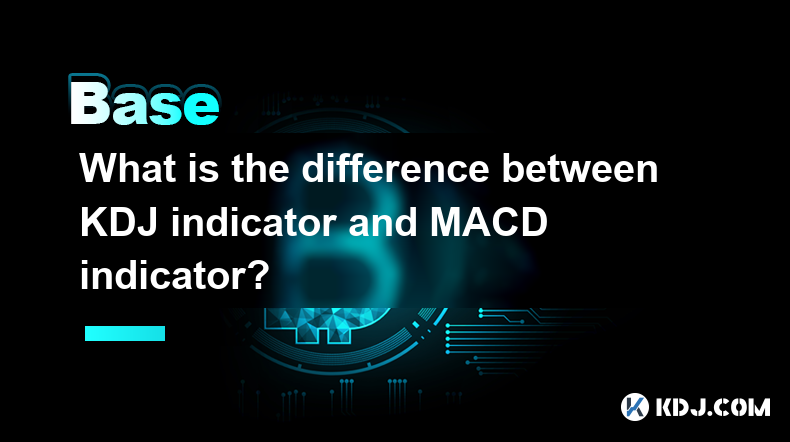
What is the difference between KDJ indicator and MACD indicator?
Apr 01,2025 at 08:21pm
The KDJ indicator and the MACD indicator are two popular technical analysis tools used by cryptocurrency traders to predict market trends and make informed trading decisions. While both indicators aim to help traders identify potential buy and sell signals, they differ in their construction, interpretation, and application. In this article, we will expl...
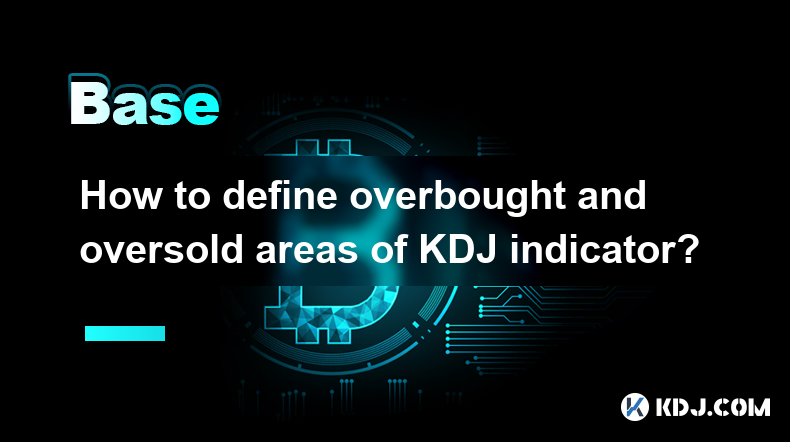
How to define overbought and oversold areas of KDJ indicator?
Apr 01,2025 at 06:42am
The KDJ indicator, also known as the Stochastic Oscillator, is a popular technical analysis tool used by traders to identify potential overbought and oversold conditions in the cryptocurrency market. Understanding how to define these areas can help traders make more informed decisions about when to buy or sell their assets. In this article, we will expl...
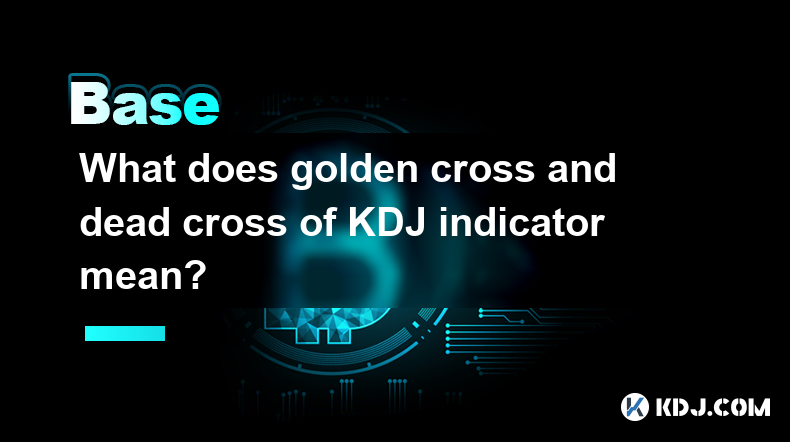
What does golden cross and dead cross of KDJ indicator mean?
Apr 02,2025 at 02:08am
The KDJ indicator, also known as the Stochastic Oscillator, is a popular technical analysis tool used by cryptocurrency traders to identify potential buy and sell signals. It consists of three lines: K, D, and J, which fluctuate between 0 and 100. The golden cross and dead cross of the KDJ indicator are important signals that traders look for to make in...

What kind of people does the currency term Maxi represent?
Mar 29,2025 at 08:49pm
Decoding the 'Maxi' in CryptocurrencyThe term 'Maxi' in the cryptocurrency world doesn't refer to a specific demographic or group with shared characteristics like age or profession. Instead, it's a label used to describe individuals holding a strong, often unwavering, belief in Bitcoin's dominance and superiority over all other cryptocurrencies. They a...

What does it mean when KDJ indicator deviates?
Apr 01,2025 at 03:08pm
The KDJ indicator, also known as the Stochastic Oscillator, is a popular technical analysis tool used in the cryptocurrency market to predict price movements. When the KDJ indicator deviates, it means that the current price of a cryptocurrency is moving away from its typical range, as indicated by the KDJ lines. This deviation can signal potential trend...

How to apply KDJ indicator in short-term trading?
Mar 31,2025 at 10:28pm
The KDJ indicator, also known as the Stochastic Oscillator, is a popular technical analysis tool used by traders to identify potential buy and sell signals in the cryptocurrency market. In short-term trading, the KDJ indicator can be particularly useful due to its sensitivity to price movements. This article will explore how to effectively apply the KDJ...

What is the difference between KDJ indicator and MACD indicator?
Apr 01,2025 at 08:21pm
The KDJ indicator and the MACD indicator are two popular technical analysis tools used by cryptocurrency traders to predict market trends and make informed trading decisions. While both indicators aim to help traders identify potential buy and sell signals, they differ in their construction, interpretation, and application. In this article, we will expl...

How to define overbought and oversold areas of KDJ indicator?
Apr 01,2025 at 06:42am
The KDJ indicator, also known as the Stochastic Oscillator, is a popular technical analysis tool used by traders to identify potential overbought and oversold conditions in the cryptocurrency market. Understanding how to define these areas can help traders make more informed decisions about when to buy or sell their assets. In this article, we will expl...

What does golden cross and dead cross of KDJ indicator mean?
Apr 02,2025 at 02:08am
The KDJ indicator, also known as the Stochastic Oscillator, is a popular technical analysis tool used by cryptocurrency traders to identify potential buy and sell signals. It consists of three lines: K, D, and J, which fluctuate between 0 and 100. The golden cross and dead cross of the KDJ indicator are important signals that traders look for to make in...

What kind of people does the currency term Maxi represent?
Mar 29,2025 at 08:49pm
Decoding the 'Maxi' in CryptocurrencyThe term 'Maxi' in the cryptocurrency world doesn't refer to a specific demographic or group with shared characteristics like age or profession. Instead, it's a label used to describe individuals holding a strong, often unwavering, belief in Bitcoin's dominance and superiority over all other cryptocurrencies. They a...
See all articles

















































































